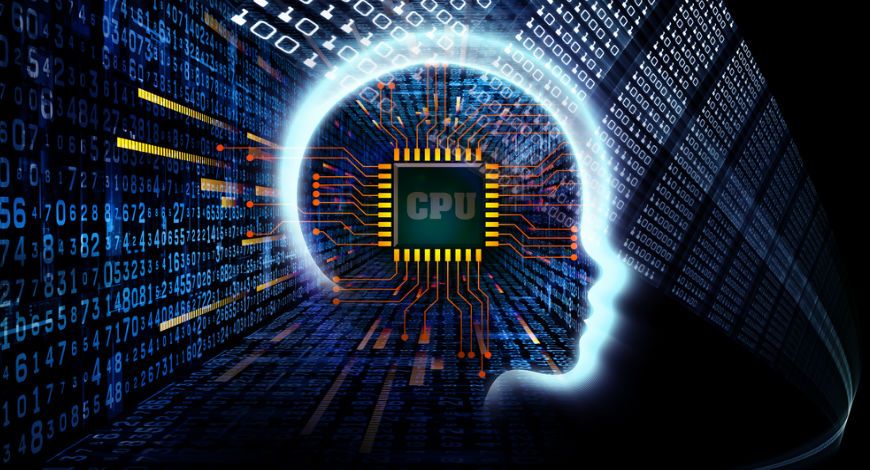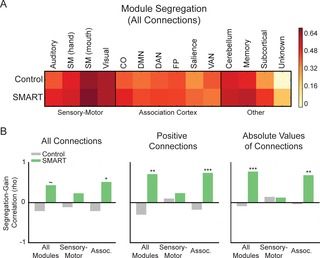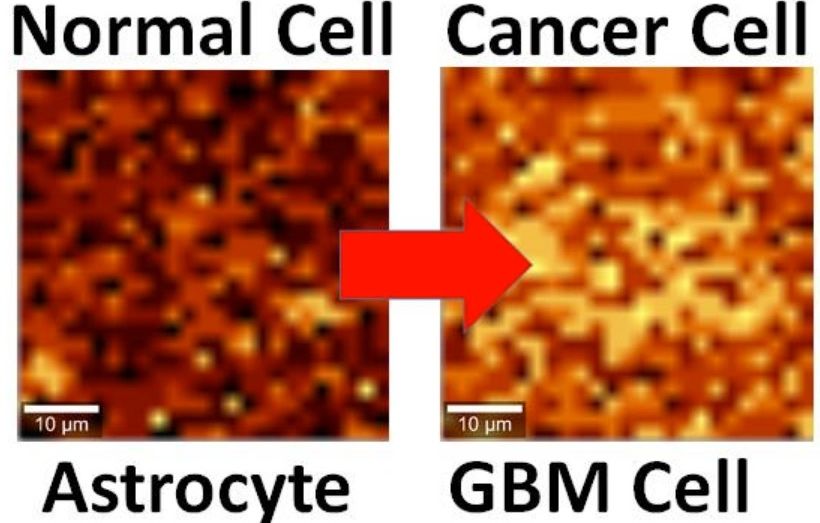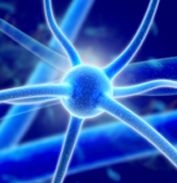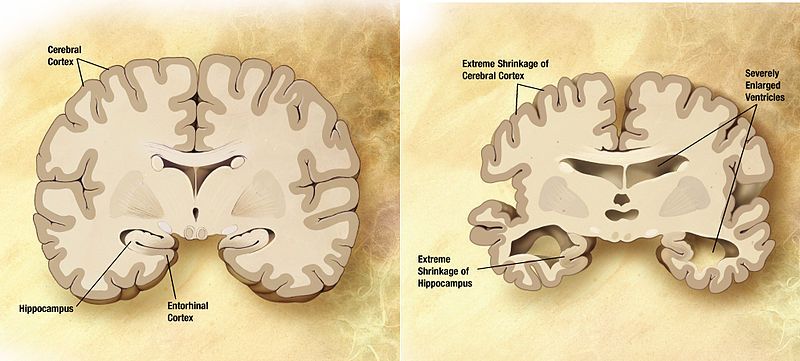Archive for the ‘neuroscience’ category: Page 913
Dec 25, 2016
We’ll have an Alzheimer’s drug by 2025, experts say
Posted by Dan Kummer in categories: biotech/medical, neuroscience
But experts across the field say hope is not lost. They believe we will have some form of drug against the disease by 2025, albeit most likely a pilot version that will need to be upgraded.
Dec 25, 2016
Russia offers technology to keep hackers at bay
Posted by Karen Hurst in categories: cybercrime/malcode, encryption, finance, government, neuroscience, quantum physics
Russian Quantum Center (RQC) said that it is ready to collaborate with India and offer its quantum technology that will prevent hackers from breaking into bank accounts. RQC plans to offer ‘quantum cryptography’ that could propel India to the forefront of hack proof communication in sectors such as banking and national and homeland security.
“We are ready to work with Indian colleagues. It (the technology) can’t be bought from the United States as it deals with the government and security,” said Ruslan Yunusov, chief executive at RQC, in an interview.
Established by Russia’s largest global technology hub, Skolkovo in 2010, RQC conducts scientific research that could lead to a new class of technologies. These include developing ‘unbreakable cryptography’ for the banks and the government organisations. It also involves research in areas such as materials with superior properties and new systems for ultrasensitive imaging of the brain. The research is mostly funded by the government money.
Continue reading “Russia offers technology to keep hackers at bay” »
Dec 24, 2016
A Man Pays a Painful Price for Reliving His Happiest Memories in Scifi Short Again™
Posted by Sean Brazell in category: neuroscience
The premise of Mitch Glass’ short Again™ is almost an anti–Eternal Sunshine of the Spotless Mind. A heartbroken young man becomes obsessed with reliving his happiest memories with his ex-girlfriend, vividly conjured via a new brain-meddling technology. Is there a catch? Of course there is—and a twist, too.
Dec 22, 2016
Modular Brain Network Organization Predicts Response to Cognitive Training in Older Adults
Posted by Karen Hurst in categories: biotech/medical, life extension, neuroscience
Cognitive training interventions are a promising approach to mitigate cognitive deficits common in aging and, ultimately, to improve functioning in older adults. Baseline neural factors, such as properties of brain networks, may predict training outcomes and can be used to improve the effectiveness of interventions. Here, we investigated the relationship between baseline brain network modularity, a measure of the segregation of brain sub-networks, and training-related gains in cognition in older adults. We found that older adults with more segregated brain sub-networks (i.e., more modular networks) at baseline exhibited greater training improvements in the ability to synthesize complex information. Further, the relationship between modularity and training-related gains was more pronounced in sub-networks mediating “associative” functions compared with those involved in sensory-motor processing. These results suggest that assessments of brain networks can be used as a biomarker to guide the implementation of cognitive interventions and improve outcomes across individuals. More broadly, these findings also suggest that properties of brain networks may capture individual differences in learning and neuroplasticity.
Trail Registration: ClinicalTrials.gov, NCT#00977418
Citation: Gallen CL, Baniqued PL, Chapman SB, Aslan S, Keebler M, Didehbani N, et al. (2016) Modular Brain Network Organization Predicts Response to Cognitive Training in Older Adults. PLoS ONE 11(12): e0169015. doi:10.1371/journal.pone.0169015
Dec 22, 2016
Using graphene to detect brain cancer cells
Posted by Karen Hurst in categories: biotech/medical, neuroscience
Graphene has already proven its importance to brain implants as well as other Synbio technology.
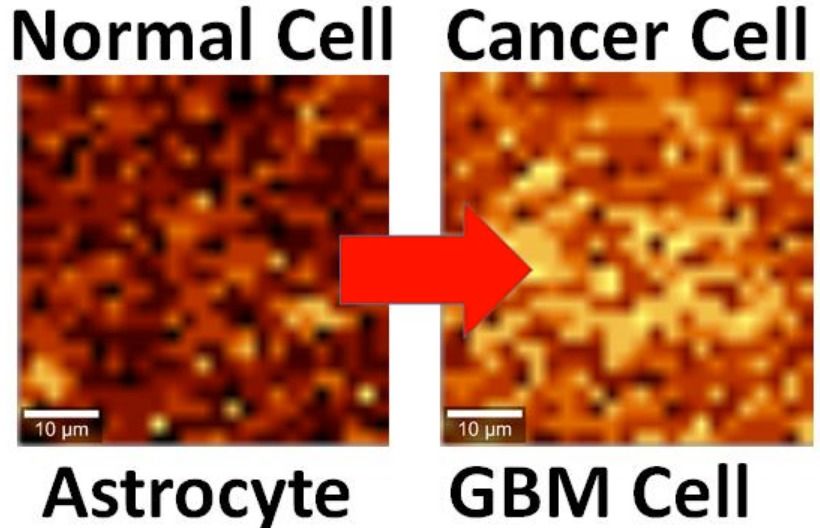
By interfacing brain cells with graphene, University of Illinois at Chicago researchers have differentiated a single hyperactive Glioblastoma Multiforme cancerous astrocyte cell from a normal cell in the lab — pointing the way to developing a simple, noninvasive tool for early cancer diagnosis.
Continue reading “Using graphene to detect brain cancer cells” »
Dec 22, 2016
Young microglia restore amyloid plaque clearance of aged microglia
Posted by Steve Hill in categories: biotech/medical, neuroscience
Rejuvenating the immune system offers hope for Alzheimer’s patients and removal of plaques.
Alzheimer′s disease (AD) is characterized by deposition of amyloid plaques, neurofibrillary tangles, and neuroinflammation. In order to study microglial contribution to amyloid plaque phagocytosis, we developed a novel ex vivo model by co‐culturing organotypic brain slices from up to 20‐month‐old, amyloid‐bearing AD mouse model (APPPS1) and young, neonatal wild‐type (WT) mice. Surprisingly, co‐culturing resulted in proliferation, recruitment, and clustering of old microglial cells around amyloid plaques and clearance of the plaque halo. Depletion of either old or young microglial cells prevented amyloid plaque clearance, indicating a synergistic effect of both populations. Exposing old microglial cells to conditioned media of young microglia or addition of granulocyte‐macrophage colony‐stimulating factor (GM‐CSF) was sufficient to induce microglial proliferation and reduce amyloid plaque size. Our data suggest that microglial dysfunction in AD may be reversible and their phagocytic ability can be modulated to limit amyloid accumulation. This novel ex vivo model provides a valuable system for identification, screening, and testing of compounds aimed to therapeutically reinforce microglial phagocytosis.
Dec 21, 2016
Absence Seizures Could Be Prevented, Experimental Study Suggests
Posted by Karen Hurst in categories: genetics, neuroscience
It may be possible to reduce, stop or even prevent absence seizures, the most common form of childhood epilepsy, according to a study published in the leading scientific journal Neuron.
Using an advanced technology called optogenetics and a rodent model, researchers at Stanford University School of Medicine showed that it is possible to trigger seizures by inducing synchronized, rhythmic activity within a particular structure in the brain called the thalamocortical tract. Importantly, they also demonstrated that disrupting this activity is sufficient to terminate the seizures.
For the study the team, led by Dr Jeanne Paz, inserted a gene that encodes for a light-sensitive cell-surface protein into a set of nerve cells situated in the thalamocortical tract of rat and mice models of absence seizures. This way, the scientists were able to prevent these cells from firing by shining a yellow light onto them.
Continue reading “Absence Seizures Could Be Prevented, Experimental Study Suggests” »
Dec 21, 2016
Newly discovered disease could hold key to Alzheimer’s, Parkinson’s – and even ageing
Posted by Shane Hinshaw in categories: biotech/medical, genetics, life extension, neuroscience
A new genetic disease has been discovered that could play a key role in devastating brain conditions such as Alzheimer’s and Parkinson’s, opening up the possibility of new forms of treatment.
A 47-year-old Canadian woman, who had been having difficulty walking and balancing since she was 28, was found to have a new genetic disease after 10 known conditions were ruled out, according to a paper in the journal Nature by an international team of researchers.
The disease causes an over-reaction by the body’s natural repair system. An enzyme, known as PARP1, goes into over-drive, ultimately causing the deaths of brain cells.
Dec 21, 2016
New biomarker predicts Alzheimer’s disease and link to diabetes
Posted by Steve Hill in categories: biotech/medical, neuroscience
A new biomarker for Alzheimers could improve the patient outcome and allow for earlier treatment.
An enzyme found in the fluid around the brain and spine is giving researchers a snapshot of what happens inside the minds of Alzheimer’s patients and how that relates to cognitive decline.
Iowa State University researchers say higher levels of the enzyme, autotaxin, significantly predict memory impairment and Type 2 diabetes. Just a one-point difference in autotaxin levels — for example, going from a level of two to a three — is equal to a 3.5 to 5 times increase in the odds of being diagnosed with some form of memory loss, said Auriel Willette, an assistant professor of food science and human nutrition at Iowa State.
Continue reading “New biomarker predicts Alzheimer’s disease and link to diabetes” »
